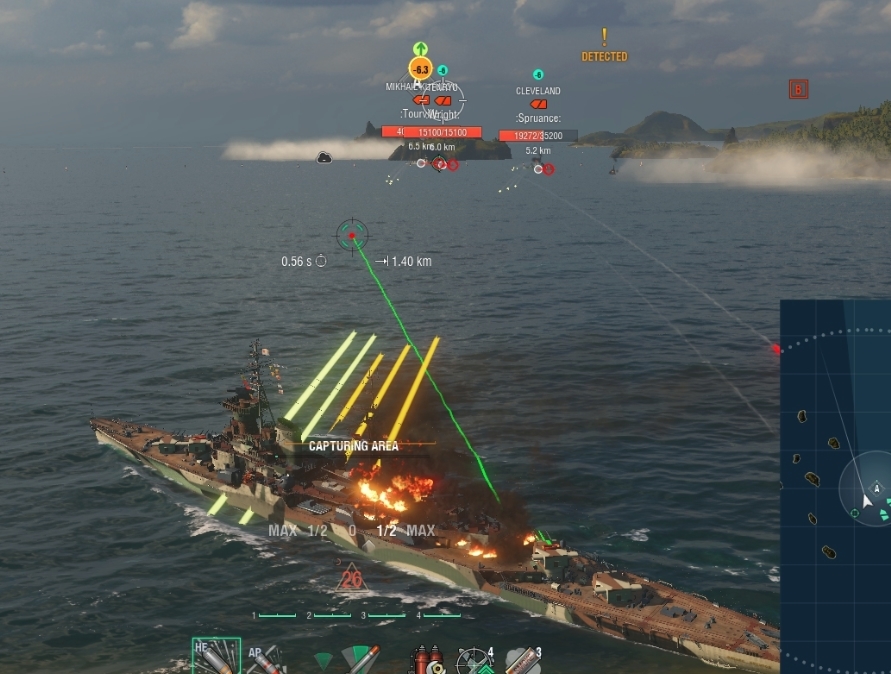

They require ‘only’ the correct determination of bending stiffness and mass distribution. Vertical bending vibrations are relatively easy to analyze this way. The actual computation employs the method of transfer matrices. For each segment, mass per length, moments of inertia, etc. The ship hull is then divided into beam segments.

These formulae cannot give more than a rough indication, particularly for the higher-order vibration modes.įast numerical computations of the ship hull vibrations employ beam models. The exponent μ accounts for the effect of shear stiffness: Because ships are typically wider than high, they are stiffer in the horizontal direction and the natural frequencies for horizontal vibrations are thus higher. The lowest natural frequency in vertical vibrations (two nodes) for ships of 150 m length lies typically around 1.5 Hz, for ships of 300 m length around 0.5 Hz. A more detailed analysis shows further natural frequencies between these beam natural frequencies. For a simple beam idealization, the next highest mode has three nodes (roughly twice the frequency), then four nodes (roughly three times the frequency), etc. The lowest natural frequency for vertical vibrations appears for the two-node natural mode where two cross-sections remain (nearly) at rest.

Strong coupling is found in ships with large deck opening (container ships). For tankers, where the center of gravity and the shear center of cross-sections are close together, the horizontal vibrations are only weakly coupled to the torsional vibrations. Horizontal and torsional oscillations where points on the centerplane are displaced normal to the centerplane. Vertical oscillations may induce significant longitudinal oscillations far away from the neutral layer (particularly on the bridge).

Vertical oscillations where points on the centerplane are displaced only within the centerplane. Then we can distinguish two types of natural modes: The ship hull is usually (almost) symmetric to the centerplane in geometry and mass distribution. The ship hull may perform global vibrations.


 0 kommentar(er)
0 kommentar(er)
